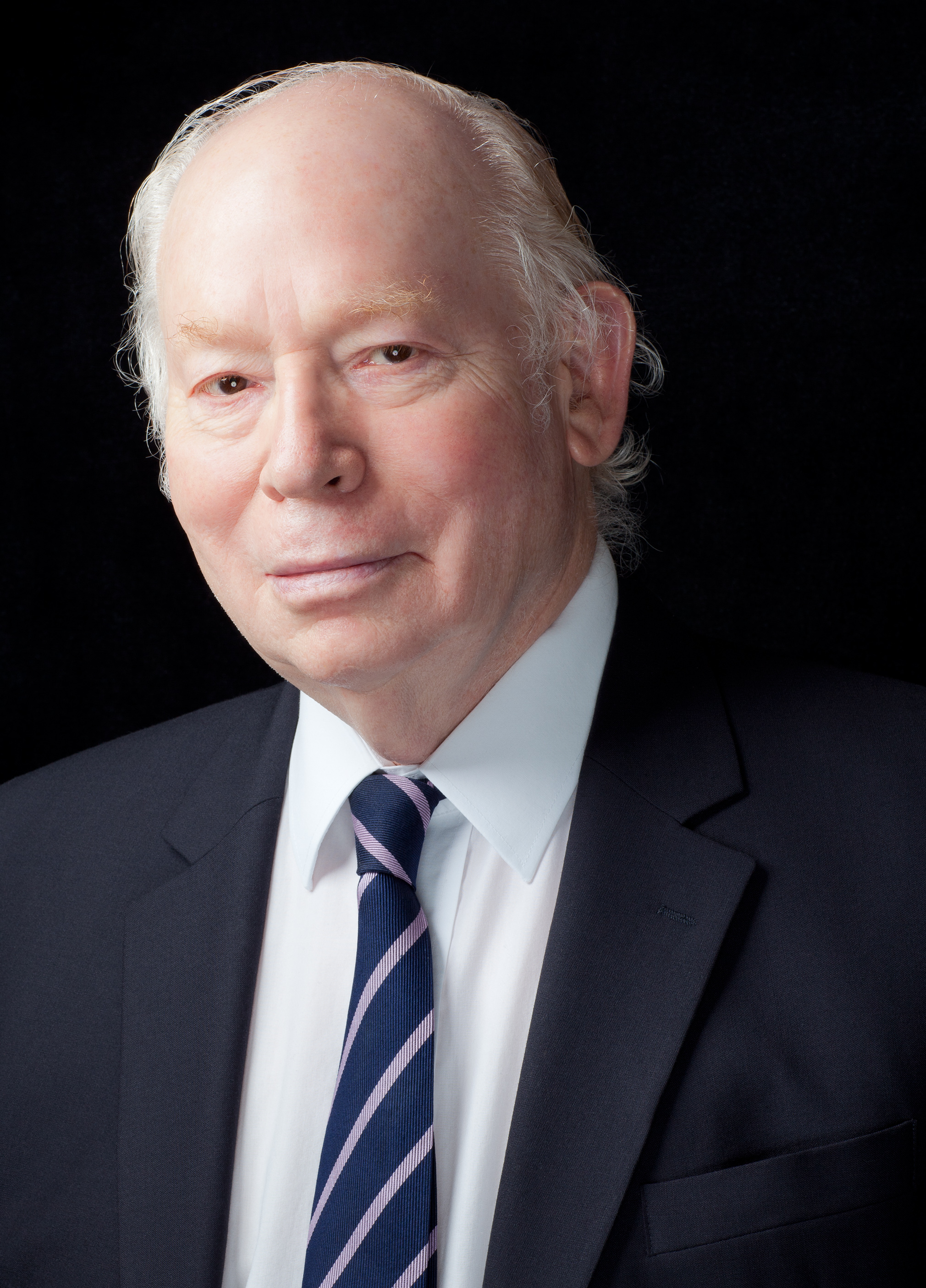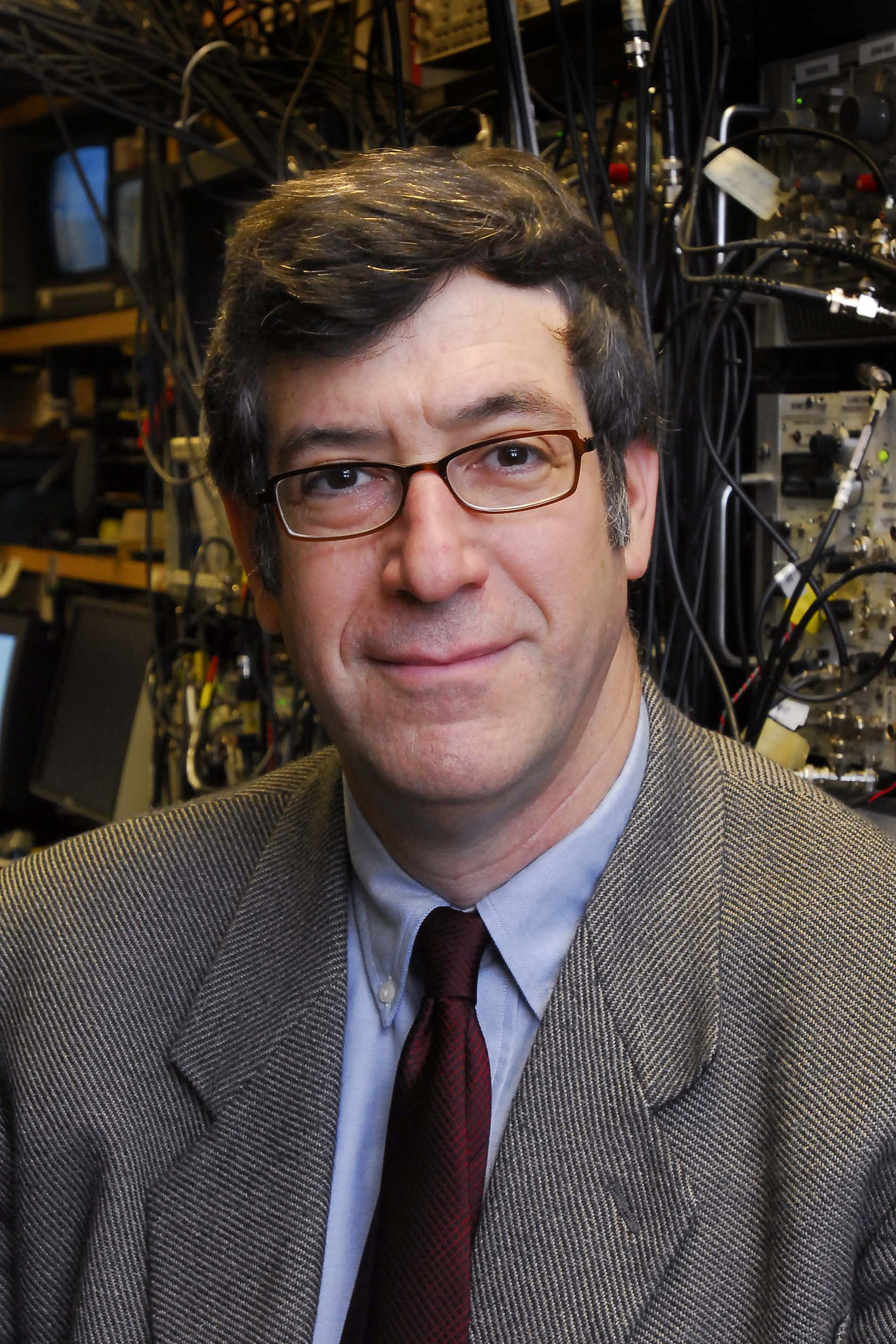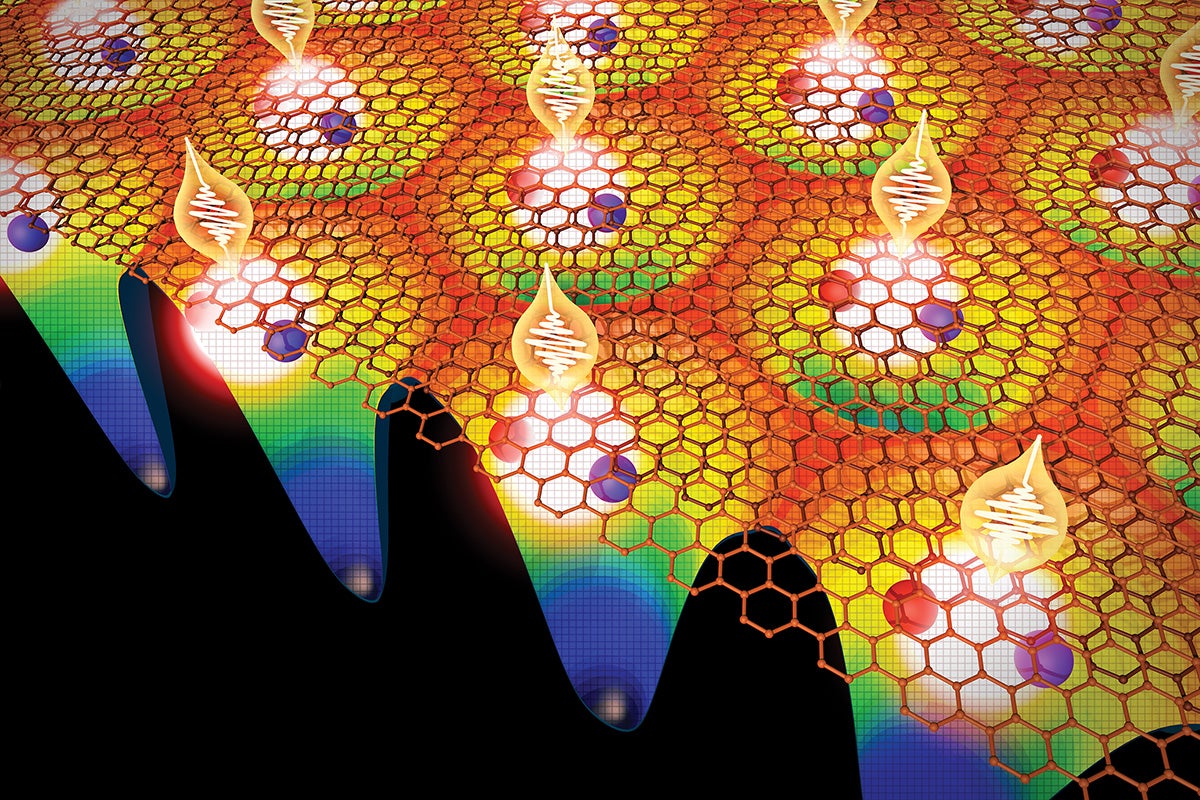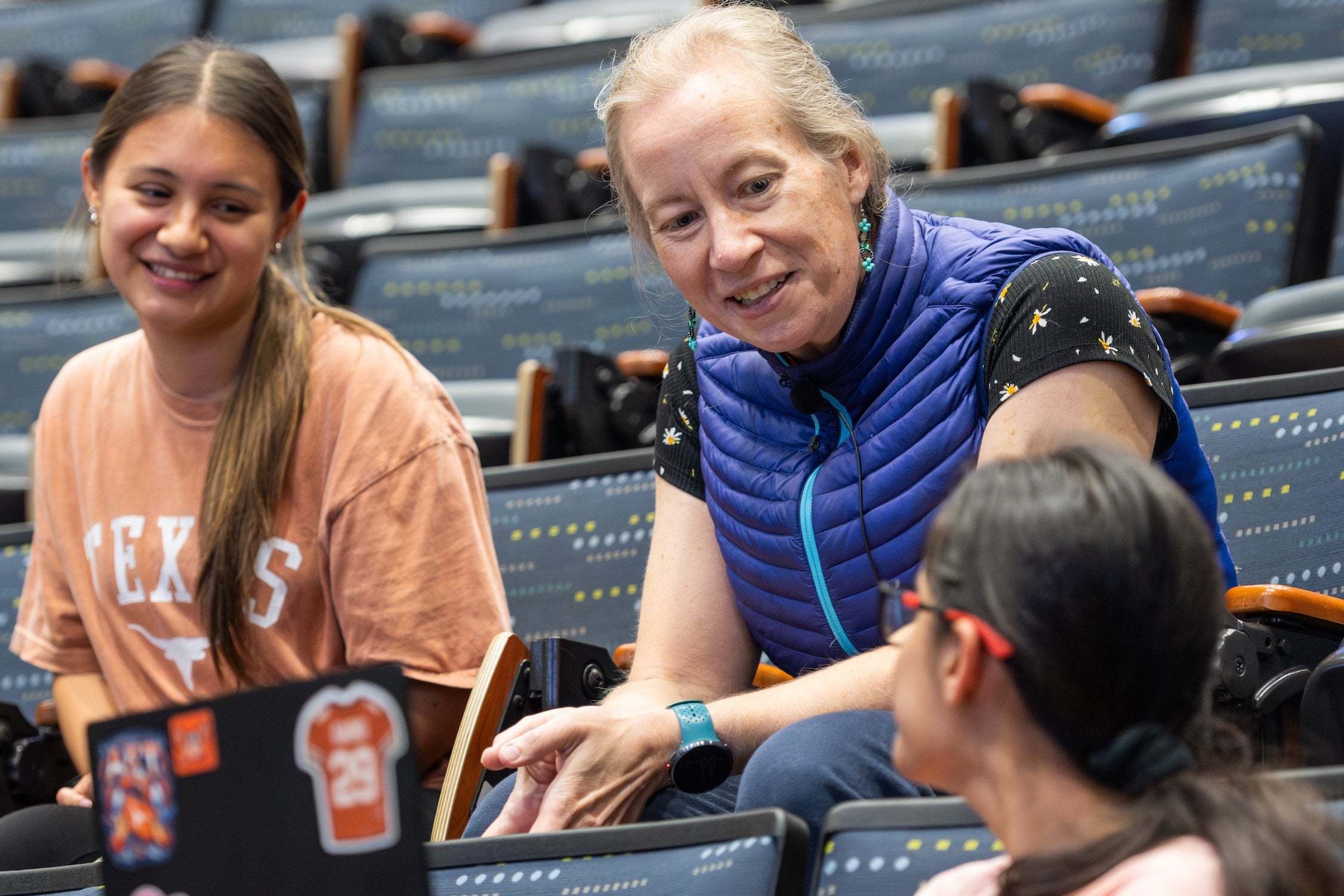Steven Weinberg’s Test of Quantum Mechanics Might Soon Be Realized
Experimental physicist Mark Raizen found himself intrigued by the unrealized potential of Nobel laureate Steven Weinberg's paper.

An ytterbium lattice atomic clock at the National Institute of Standards and Technology. NIST physicists combined two of these experimental clocks to make the world’s most stable single atomic clock. Credit: N. Phillips/NIST
About six years ago, Mark Raizen got a phone call from his University of Texas at Austin colleague, the Nobel laureate Steven Weinberg.
"He had a lot of questions for me about atomic clocks," Raizen said. "He had this idea for testing quantum mechanics, and he asked me if I could come up with a realistic system to do it in."
For many years, Weinberg had been deeply dissatisfied with quantum mechanics and envisioned an experiment that might poke holes in the theory, while also providing clues about what to replace it with. To bring his thought experiment to life, he would need to find a chemical element with very specific properties that could be tested in an atomic clock. As a theorist, he was often picking the brains of experimentalists like Raizen.
"I was very frustrated because I couldn't really come up with a physical system to test his hypothesis," said Raizen, professor and Sid W. Richardson Foundation Regents Chair in Physics #2.
Weinberg published his concept in 2016. Without a physical system to test the concept in, however, few in the experimentalist community took notice. When Weinberg died last year, Raizen, who was writing an obituary for Physics Today, went back through Weinberg's published papers and found himself intrigued by the unrealized potential of that paper.
Listen to audio tributes of Steven Weinberg on Point of Discovery
"Steven Weinberg was a major influence in my life since we first met, when I came to graduate school to work with him almost 40 years ago," Raizen wrote in an online tribute. "The irony is that I became an experimental physicist, and he always told me that 'I saw the light.' Perhaps that was Steve's kind way of telling me that I would have made a lousy theorist. Steve served as my co-adviser, then colleague at UT Austin, and became my close friend."
Over the years, the two had frequently met for lunch and discussed their work. Inspired by his rediscovery of that 2016 paper, Raizen scanned the literature and discovered that, in 2018, researchers had measured features of the element ytterbium that looked perfect for Weinberg's proposed experiment. This could be the mystery element.
Earlier this year, Raizen and two colleagues published a paper on the preprint server arXiv describing how to apply Weinberg's idea to a real-world experiment, one that could be done with existing technology. The paper has now been peer reviewed and published in Physical Review A, and there are multiple research teams preparing to carry out the experiment.
"When we posted [our paper] on the arXiv, it created a lot of excitement in the [experimental physics] community," Raizen said. "So there will be a race now on the experiment."
These might be the first new tests in decades of quantum mechanics, a theory that has remained virtually unchanged for the past century.

Steven Weinberg. Credit: Matt Valentine.
"If a violation is observed, then it will be a really big deal," said Raizen.
It would also have personal meaning for Raizen and for those who knew Weinberg.
"Steve would be pleased that we moved his idea closer to reality," said Raizen. "And now the verdict will come in soon, hopefully within the next few years. Either way, it does give me some sense of closure. Advancing one of his ideas would be the best way to honor him."
Why Mess with a Good Thing?
Quantum mechanics has been exquisitely successful at describing how the world works on the scale of particles and atoms, providing a deeper understanding of the gears and pendulums that keep the cosmos whirring along and enabling a century's worth of mind-boggling technological advances. But it doesn't clearly explain how a system of particles interacts with the environment surrounding it. And that's a problem.
"We never have truly isolated systems, that are completely independent of the environment," Raizen said.
There are two solutions to this problem that allow physicists to get accurate answers from experiments, but neither is very satisfying. In one version, called the Copenhagen Interpretation, particles only become discrete physical objects in the way we normally think about them, occupying a specific point in space and time, when someone makes an observation of them. Until then, they exist as a cloud of probabilities smeared across space and time, called a wave function. Sort of like Dr. Who's Weeping Angels which move around freely when no one's looking, but freeze like statues when someone sees them.
"But it seems very artificial," Raizen said. "And furthermore, there's no real experimental test of this. It's more, I would say, philosophy than science."
The other interpretation, called the Many Worlds Interpretation, suggests that every time a measurement is made, a new parallel universe is created.
"And people hate that even more," Raizen said. "So there's really been this discontent with quantum mechanics for that reason. And people have been thinking, how would you extend it in a natural way that would get rid of this ugly solution, but most importantly, make a testable prediction? Because otherwise it's not physics."
Does 1 + 2 = 3?
And so in 2016, Steven Weinberg proposed his test of quantum mechanics.
First, he said you would need to find an element that would react in just the right way to beams of light in three different colors, or frequencies. Like elevators that only stop at the floors of a building and not every inch of the way, atoms absorb energy in discreate amounts, called quanta, moving up or down through discrete energy levels. Each element has specific frequencies of light that cause these energy transitions.
Weinberg's mystery element would have to work like this: Hit it with light at just the right frequency, and an atom would jump from a resting energy level—call it A—to some higher energy level B. Hit it with light at a second specific frequency, and it would jump from B to C. That's two energy transitions. According to quantum mechanics, you can also skip B altogether and kick an atom straight from A to C with just one laser that has a frequency of the other two lasers combined. There's the third transition.

Mark Raizen
And that's the crux of the experiment: if quantum mechanics is correct and complete, you should be able to measure the laser frequencies it takes to go from A to B and from B to C and those should add up to the frequency of a third laser for A to C. Raizen calls this the "Does 1 plus 2 equal 3?" experiment. If they don't add up, it suggests quantum mechanics needs revision. The specifics of how they disagree would give theorists clues about what modifications the theory needs. The technology already exists to hit atoms of a single element with lasers that can be tuned to specific frequencies; it's called an atomic clock.
There's one other requirement for this mystery element. The three energy transitions have to be long lived. Typically, the lifetime of energy transitions—before the atoms give up some energy and fall back to a lower level—is really short, on the order of nanoseconds, but that makes it hard to precisely measure the frequencies of light that were needed to spark those transitions. The longer the transition lasts, the more precisely the frequency of light can be measured.
Since the publication of Weinberg's paper in 2016, scientists reported new measurements of transitions in the element ytterbium. Combined with other already known transitions, these findings suggest multiple long-lived trios that could be used to carry out Weinberg's proposed experiment.
The experiments, which would take a few days to weeks, could begin in less than a year. Raizen and his colleagues are already in discussions with top research teams with atomic clocks about performing them. Additionally, since their paper was published on arXiv (in spring 2022), other researchers have since come up with more systems that could be used to carry out this kind of test of quantum mechanics.
How this experiment turns out will be closely monitored by physicists including in UT Austin's Weinberg Institute for Theoretical Physics, which will help advance breakthroughs in physics to help continue Weinberg's legacy.
"Great scientists will leave thought experiments, because there's always unfinished work," Raizen observed. "And I think if anything, it's a tribute to the fact that he continued being productive and creative for his entire life."

In this illustration, you have atoms sitting at some resting energy level (A) and when you hit them with just the right frequency laser (1), the atoms jump to a higher energy level (B). Hit them again with a laser of another specific frequency (2) and the atoms jump to yet a higher energy level (C). Or, you can start with atoms at the resting energy (A) and hit them with an even higher frequency of laser (3) that kicks them all the way from level A to level C in one go. Quantum mechanics predicts that the frequencies of laser 1 and 2 should add up exactly to the frequency of laser 3. If they don’t, then quantum mechanics is indeed incomplete and needs revising.



